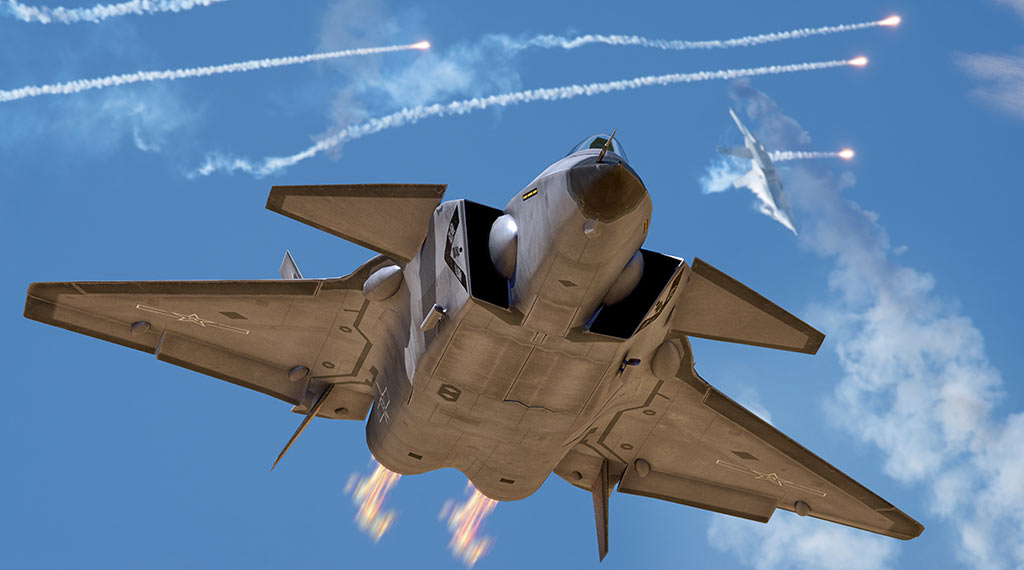
As tensions between Beijing and Washington continue to soar, China is laser-focused on developing its military capabilities. A few weeks ago, Chinese state-run news outlets released video footage depicting the country’s JF-22 hypersonic wind tunnel.
The footage appears to showcase the high-speed detonation scramjet wave engine in addition to the testing of an air-launched space plane design.
Several Twitter handles have republished the clips broadcasted on the country’s largest television network China Central television’s Channel 13.
What (little) we know about the JF-22: Mach 30
In late May, Beijing declared that its wind tunnel was ready for hypersonic tests after passing a series of tests. The PRC claims that the JF-22 is the fastest wind tunnel across the globe, able to simulate the environment in which a spacecraft re-enters the atmosphere. In the words of China’s state-media, the wind tunnel is intended to contribute to the country’s “development of aerospace transport systems and hypersonic aircraft.”
Located at the Institute of Mechanics of the Chinese Academy of Science in Huairou, the new hypervelocity wind tunnel is expected to support a large number of simulated flight experiments.
Work on the JF-22 wind tunnel, which is reportedly around 550 feet long with a test cabin measuring at roughly 13 feet in diameter, began back in 2018 and was completed two years later.
According to the owner of the Institute of Mechanics, the wing tunnel is capable of simulating hypersonic flight conditions up to Mach 30, or 30 times the speed of sound.
For reference, the world’s fastest airframe to ever fly the skies could fly at speeds up to Mach 3.56, and the fastest jet-powered aircraft could hit Mach 9.6.
China’s hypersonic missile development is expanding
The JF-22 wind tunnel is based on an earlier device, the JF-12 “shock tunnel.” Reportedly constructed in 2012, the JF-12 could allegedly simulate flight conditions between Mach 5-Mach 9.
According to the Defense Post, Chinese Academy of Sciences researcher Han Guilai was quoted in a lecture as saying that the tunnel, coupled with an existing facility in Beijing, “would put China about 20 to 30 years ahead of the West.” The JF-22 will aid Beijing’s testing of hypersonic weapons designs, like its predecessor.
The JF-12 was used to test the DF-ZF, an unpowered hypersonic boost-glide vehicle, in the past.
The U.S. Defense Intelligence Agency’s Chief Scientist for Science and Technology Paul Freisthler told members of Congress in March that Beijing is leading Moscow in terms of successful hypersonic weapons tests: “Over the past two decades, China has dramatically advanced its development of conventional and nuclear-armed hypersonic missile technologies and capabilities through intense and focused investment, development, testing, and deployment.”
Many of America’s existing hypersonic tunnels are more than fifty and sixty years old. During the 1950’s-1970’s, the U.S. invested heavily in missile development in light of the escalating Cold War. However, more research institutions and agencies are beginning to look toward constructing new hypersonic wind tunnels today.
Given the current geopolitical tensions in the world, a robust effort to further develop America’s hypersonic capabilities is critical.
- Has Russia Finally Sold its Su-35s to Iran? - December 2, 2025
- Iran’s Growing Missile Arsenal Is a Challenge for Israel - November 18, 2025
- IAI Is Hoping to Secure a Contract for the “Golden Dome” - November 3, 2025
